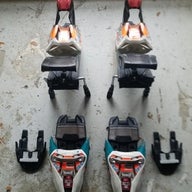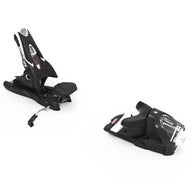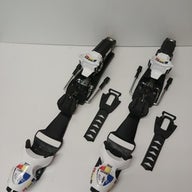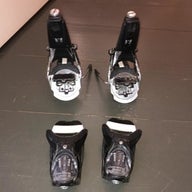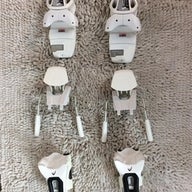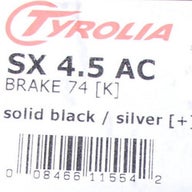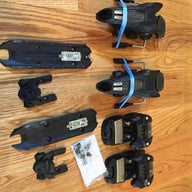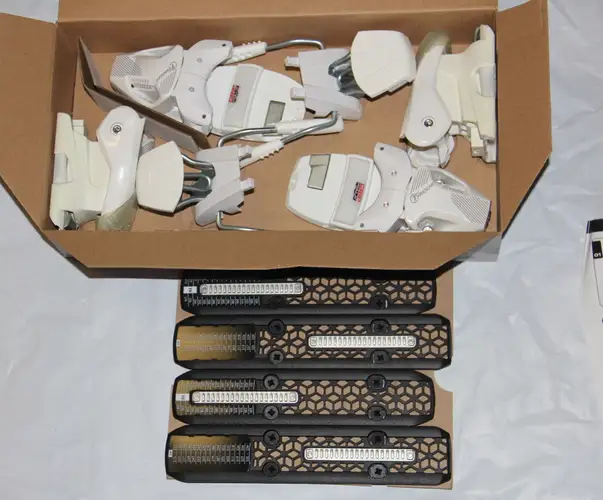Popular Ski Bindings
See more Popular Ski Bindings214 Results
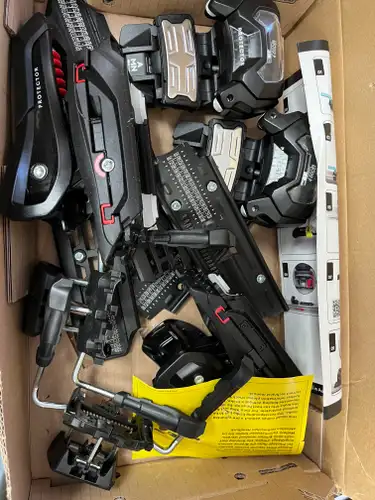
Parpignol
Tyrolia Protector Attack 13 MN Ski Bindings 100 mm Brake Width Max Din 13 (New)
$225
Retail price: $350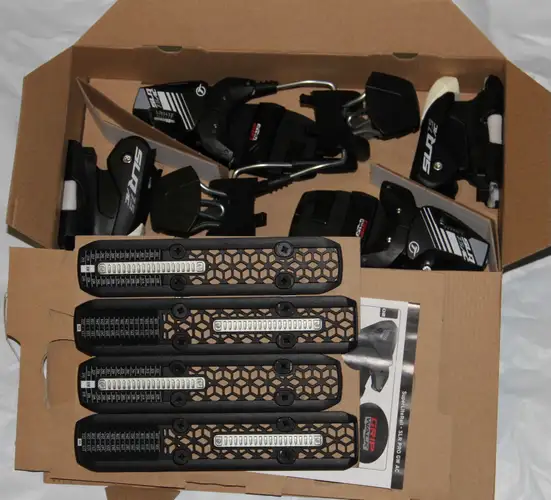
wintersport
NEW TYROLIA ski bindings SLR 7.5 alpine downhill size adjustable Bindings pair NEW
$51
Retail price: $140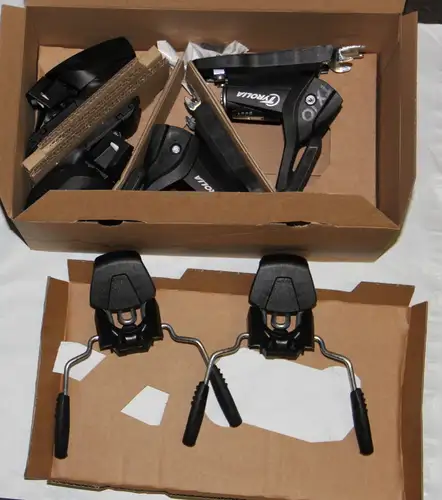
wintersport
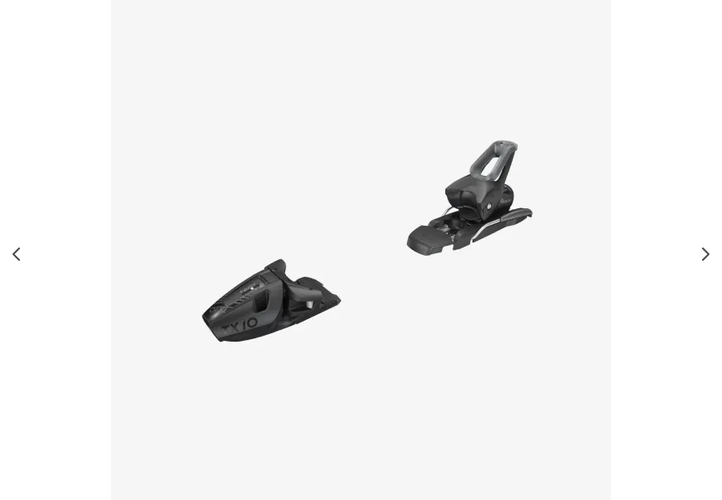
wintersport
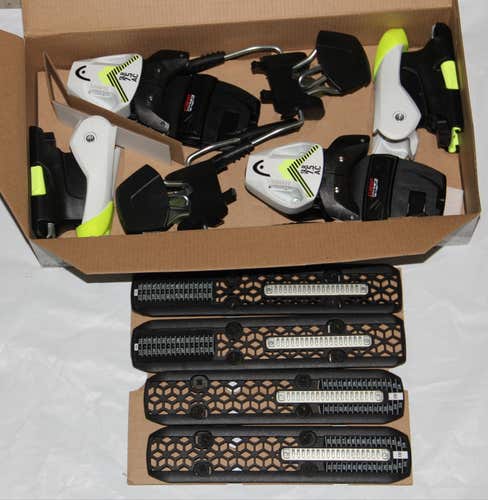
wintersport
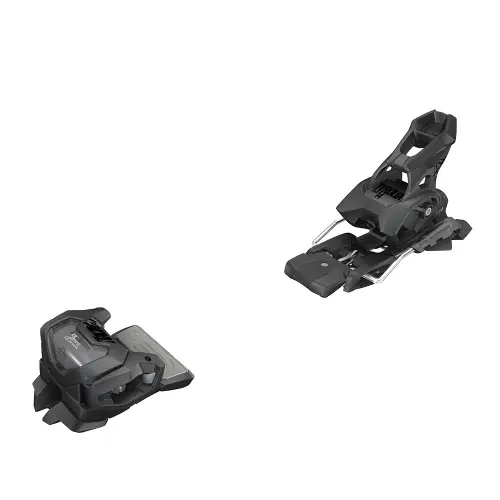
barriessports
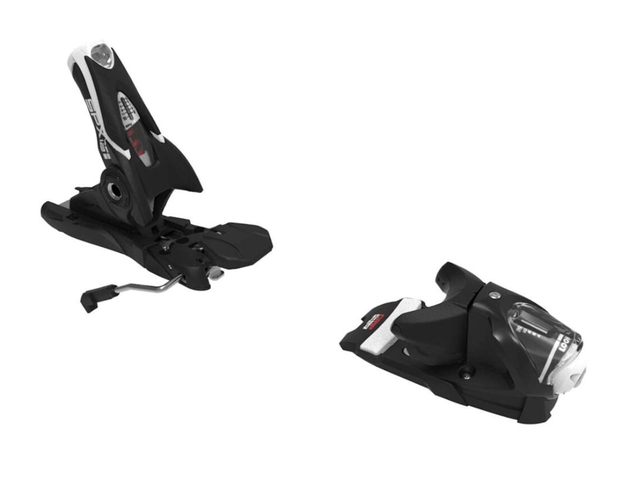
LifelongSports
Look All Mountain SPX 12 Konect GW Ski Bindings 100 mm Brake Width Max Din 12 (New)
$150
Retail price: $325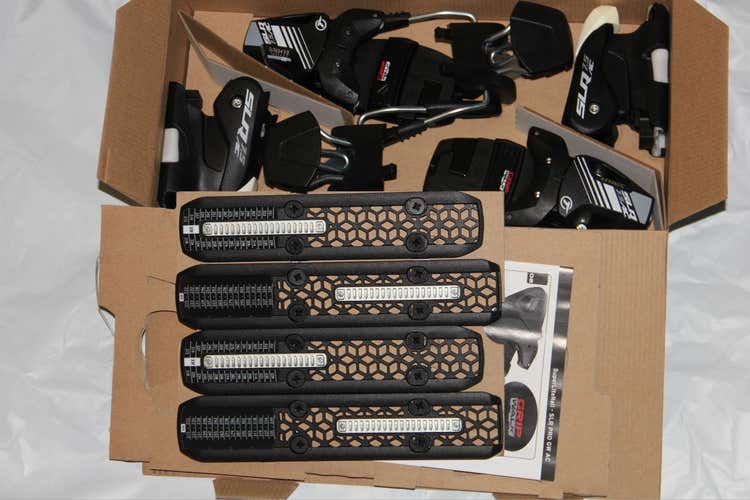
wintersport
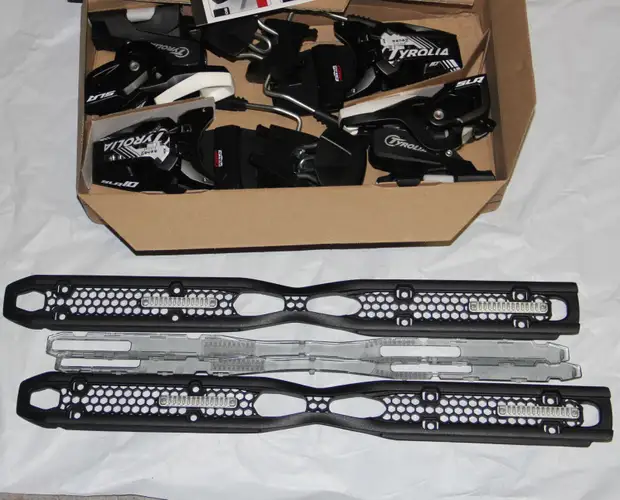
wintersport
NEW Tyrolia Ski Bindings adult SLR10 GW size adjustable rail/track ski Bindings
$98
Retail price: $149
pkiserdro

barriessports
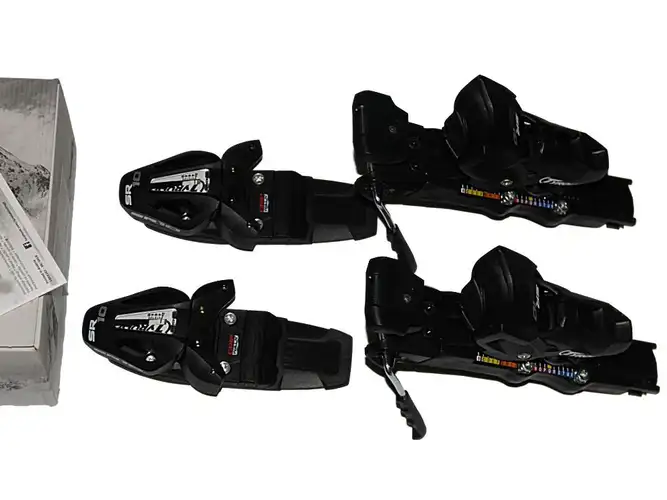
wintersport

Ozzy58
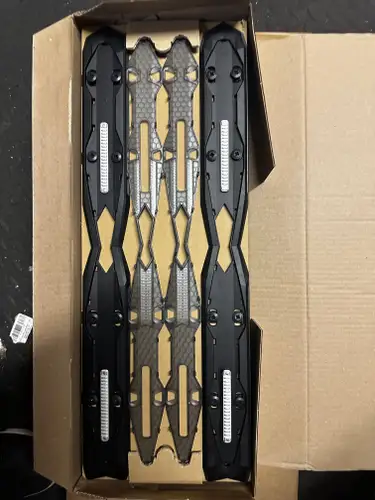
wintersport

FreerideAK

FreerideAK

FreerideAK

FreerideAK

parkerslusky100

parkerslusky100

parkerslusky100

Tater12

Telegurl
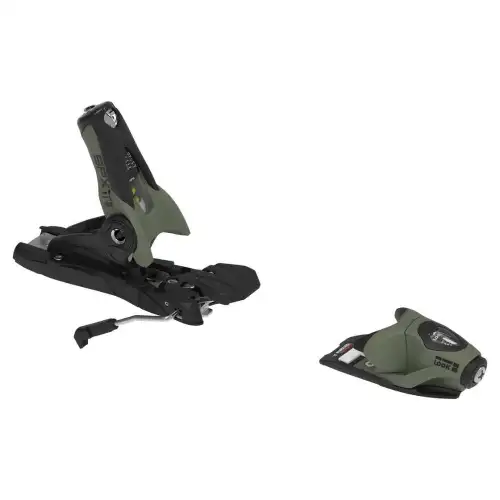
barriessports

Wesinnh

Wesinnh

barriessports

wintersport
2025 NEW Tyrolia ski bindings SR10 GW 85mm Brakes Adult gripwalk size adjustable
$119
Retail price: $149
barriessports

Pedringg128
